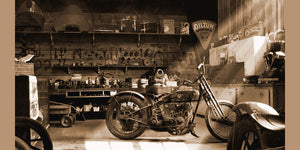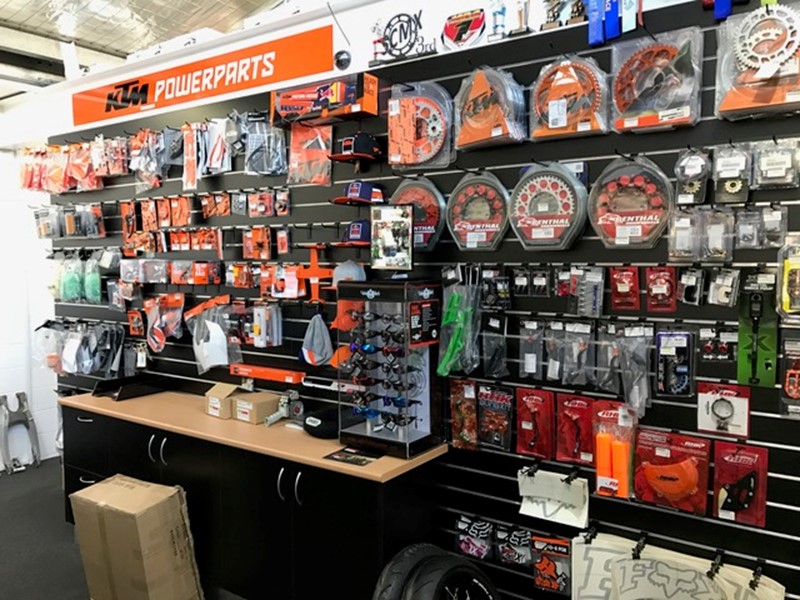Leading MX Gear NZ: Gear Up for Your Following Off-Road Journey
Leading MX Gear NZ: Gear Up for Your Following Off-Road Journey
Blog Article
Grasping Motorcycle Gears: Just How to Maximize Your Riding Experience
In the realm of motorcycling, grasping the art of equipment adjustment is crucial for enhancing your riding efficiency. Correctly using and comprehending bike equipments can significantly influence gas, acceleration, and control effectiveness, changing a typical adventure right into a smooth, electrifying trip. By including accurate change timing and adjusting gear option to numerous roadway problems, riders can ensure ideal engine efficiency and security. The nuances of clutch control, throttle coordination, and gear technicians bid a much deeper expedition, promising to open the complete possibility of your machine. How can these methods be harnessed to absolutely maximize your riding experience?
Recognizing Gear Mechanics
Just how do the ins and outs of gear mechanics influence motorcycle efficiency? At the core of motorbike dynamics, equipment auto mechanics play a critical role in converting engine power into motion, eventually dictating rate and control. Gears, carefully crafted parts, permit riders to optimize torque and rate, making sure a smooth change via various surfaces and rates. The gear ratios, very carefully created, identify the partnership between engine transformations and wheel turns, impacting acceleration and fuel effectiveness.
Comprehending equipment auto mechanics begins with recognizing the importance of the gearbox, which houses several equipments of differing dimensions. These gears connect via a process understood as meshing, where teeth of various gears involve to send power.
In addition, the principle of gear shifting is indispensable to making best use of efficiency. Smooth and timely shifts guarantee that the engine runs within its optimum power band, stopping unneeded pressure and improving longevity (mx gear nz). By understanding these mechanical details, bikers can achieve a harmonious mix of control, power, and efficiency, raising their riding experience
Timing Your Shifts
Change timing mastery is vital for optimizing bike efficiency and enhancing the riding experience. Effectively timed shifts ensure that the engine operates within its optimum power band, which is important for maintaining control, accomplishing smooth velocity, and ensuring the durability of the motorbike. Bikers have to create an intuitive sense of when to change equipments, which entails understanding the relationship between engine revolutions per min (RPM) and rate.
To master shift timing, pay very close attention to the engine's sound and really feel, as these supply crucial clues about when to change gears. When the engine approaches the top range of its power band without getting to the redline, the suitable change point commonly takes place - motocross gear. Shifting prematurely can bring about a lack of power, while changing as well late might cause unneeded engine stress
In addition, roadway problems and riding style influence shift timing. In comparison, throughout highway riding, fewer changes at greater rates can be a lot more suitable.
Enhancing Gas Efficiency
While grasping motorcycle equipments is vital for efficiency, boosting fuel performance is equally essential for both financial and environmental reasons. Ideal fuel intake not only lowers functional expenses however likewise minimizes the environmental impact of riding. To attain this, one should recognize the intricate partnership in between equipment choice and engine performance.
Firstly, choosing the right equipment at suitable rates can considerably impact fuel intake. Riding in a greater equipment at reduced speeds can result in engine hauling, which is detrimental to both gas economy and engine health. Conversely, riding in reduced equipments at broadband results in unneeded fuel usage. Thus, preserving an optimum equilibrium by moving gears abreast with roadway conditions click now and prepared for maneuvers is crucial.
In addition, routine maintenance plays a pivotal duty in fuel performance. Ensuring that the bike is well-tuned, with tidy air filters and effectively blew up tires, can minimize and enhance aerodynamics gas wastage. Taking on a riding design that embraces steady velocity and smooth deceleration can contribute to much better fuel economy.

Methods for Smooth Transitions
Achieving smooth gear transitions is fundamental to boosting the riding experience and guaranteeing the long life of a motorbike's transmission system. Correct gear shifting not only adds to a smooth ride but likewise lessens damage on the mechanical components. To grasp the art of smooth changes, riders must concentrate on a few essential methods.

Second of all, clutch control plays a crucial role. Engaging and disengaging the clutch smoothly requires practice. The clutch lever ought to be released slowly, enabling a seamless transfer of power from the engine to the wheels without triggering a jolt or abrupt motion.

Adjusting to Roadway Conditions
Navigating varied roadway problems is an important ability for any type of motorcyclist aiming to keep control and safety. Whether you're riding on damp surfaces, gravel roads, or navigating sharp turns, your ability to adjust your equipment use and riding method is paramount. Comprehending how to adjust your equipments suitably can dramatically affect official source grip and stability, making certain a more secure journey.
In comparison, when riding on gravel or irregular terrain, lower equipments are preferable. Reduced gears offer far better control and permit you to react more swiftly to unexpected adjustments in the roadway surface.
Sharp curves require precise equipment management to balance rate and control. Downshifting prior to entering a contour can help preserve momentum while making sure the bike stays secure throughout the turn. Consistent method in different conditions boosts your capability to respond and anticipate to adjustments in road structure and slope.
Conclusion
Mastering motorbike gears substantially boosts the riding experience by enhancing control, gas, and velocity efficiency. Adapting equipment selection to different roadway conditions, such as utilizing greater equipments on damp surfaces and lower equipments on gravel, cylinder motorcycle additional improves handling and safety.
Understanding gear mechanics begins with identifying the importance of the gearbox, which houses multiple gears of differing sizes. These equipments interact via a procedure understood as meshing, where teeth of different gears involve to transfer power (mx gear nz). Mild modifications to the throttle during equipment shifts can avoid jerky movements and preserve a constant riding speed
Whether you're riding on damp surface areas, crushed rock roadways, or navigating sharp turns, your ability to adapt your equipment use and riding method is vital. Adjusting gear choice to various road conditions, such as utilizing higher equipments on wet surfaces and lower gears on crushed rock, additional enhances handling and security.
Report this page